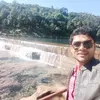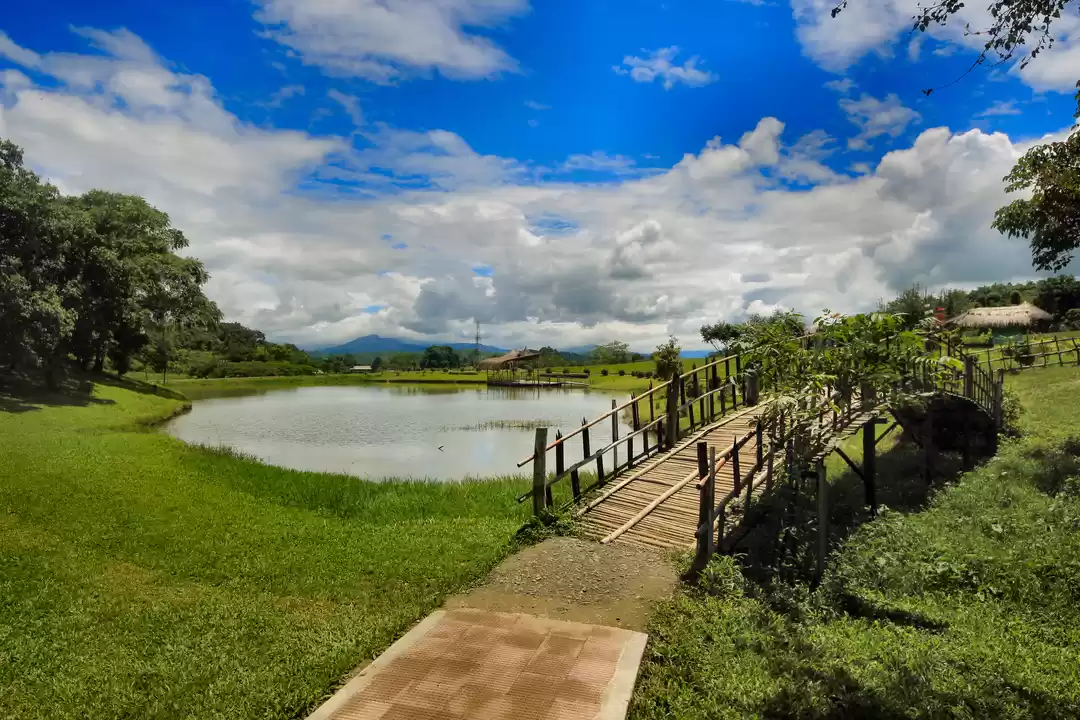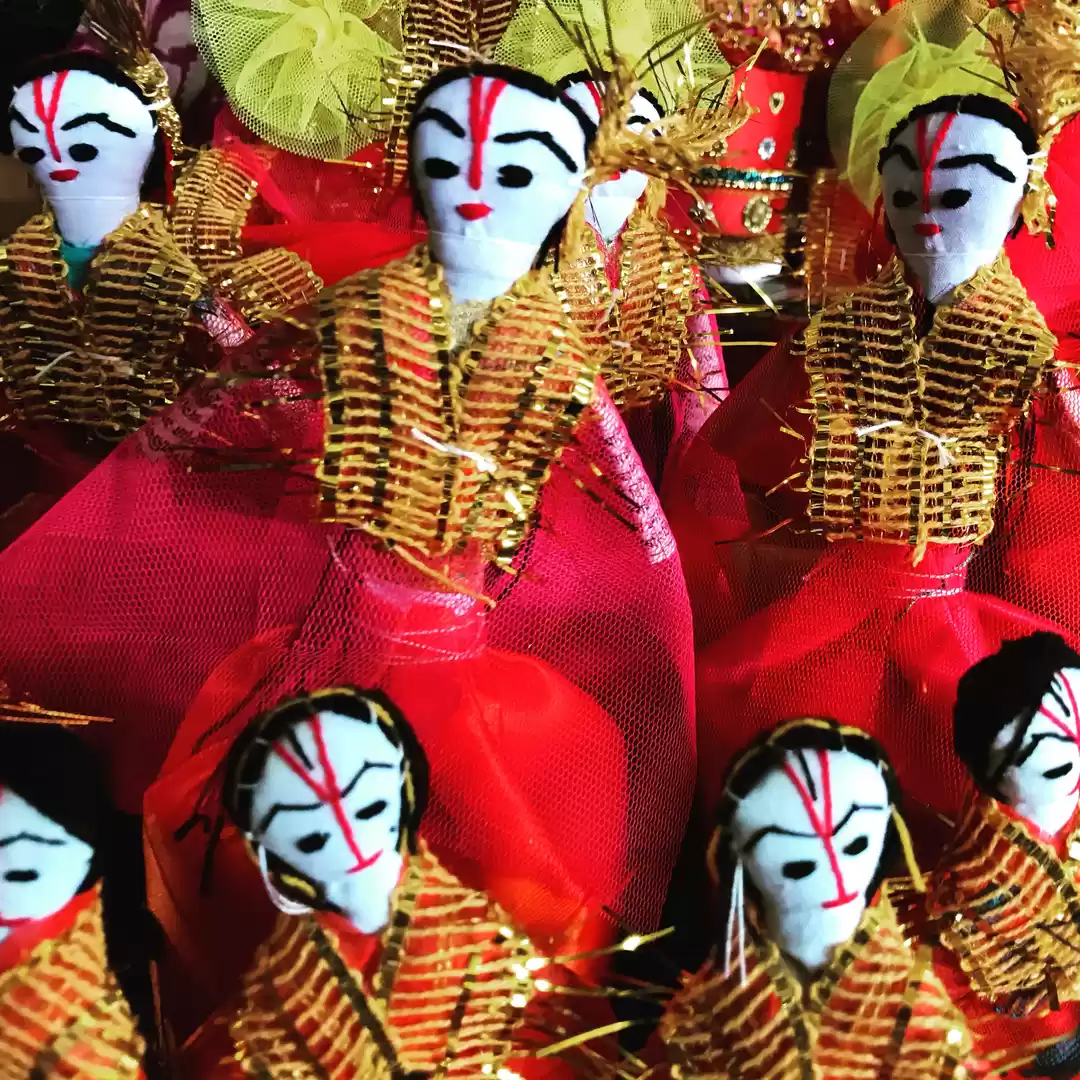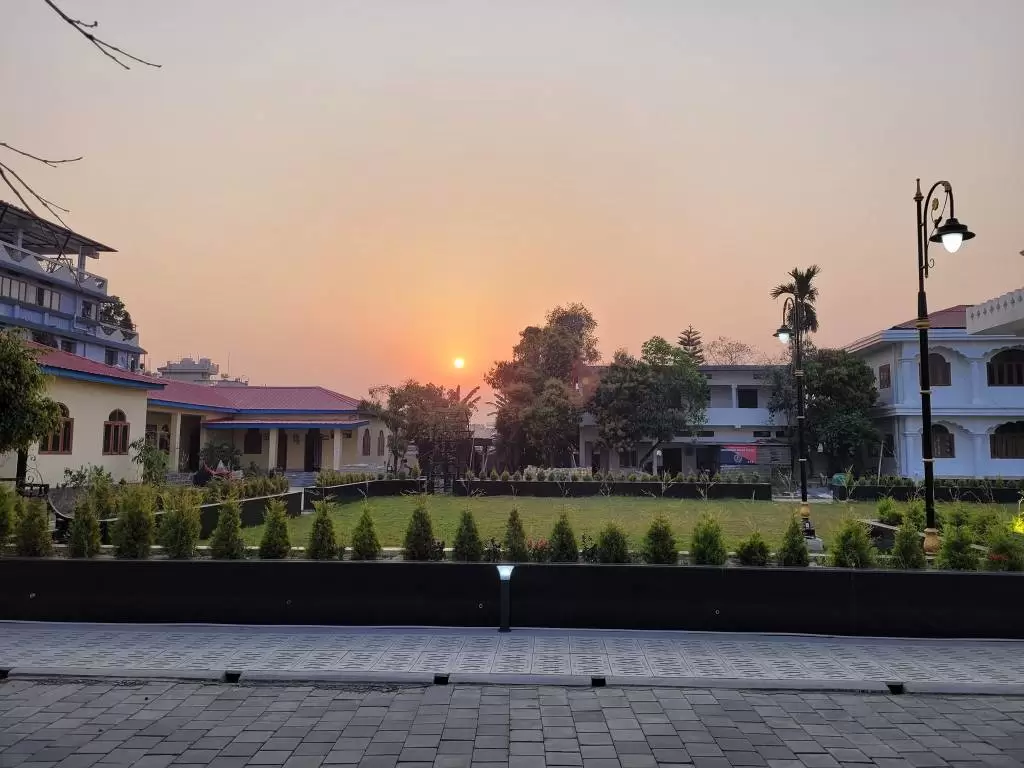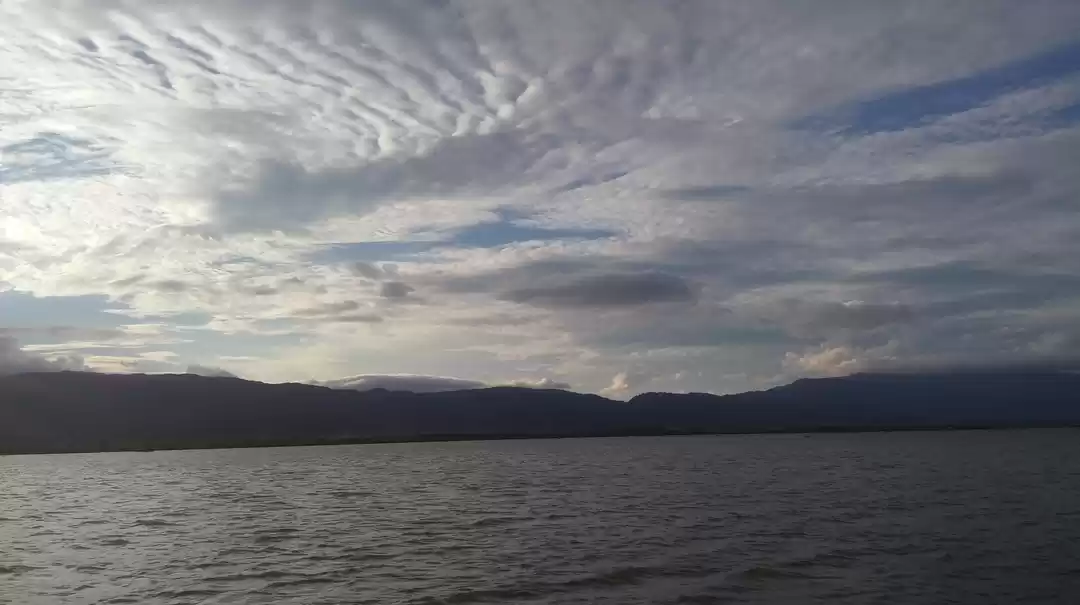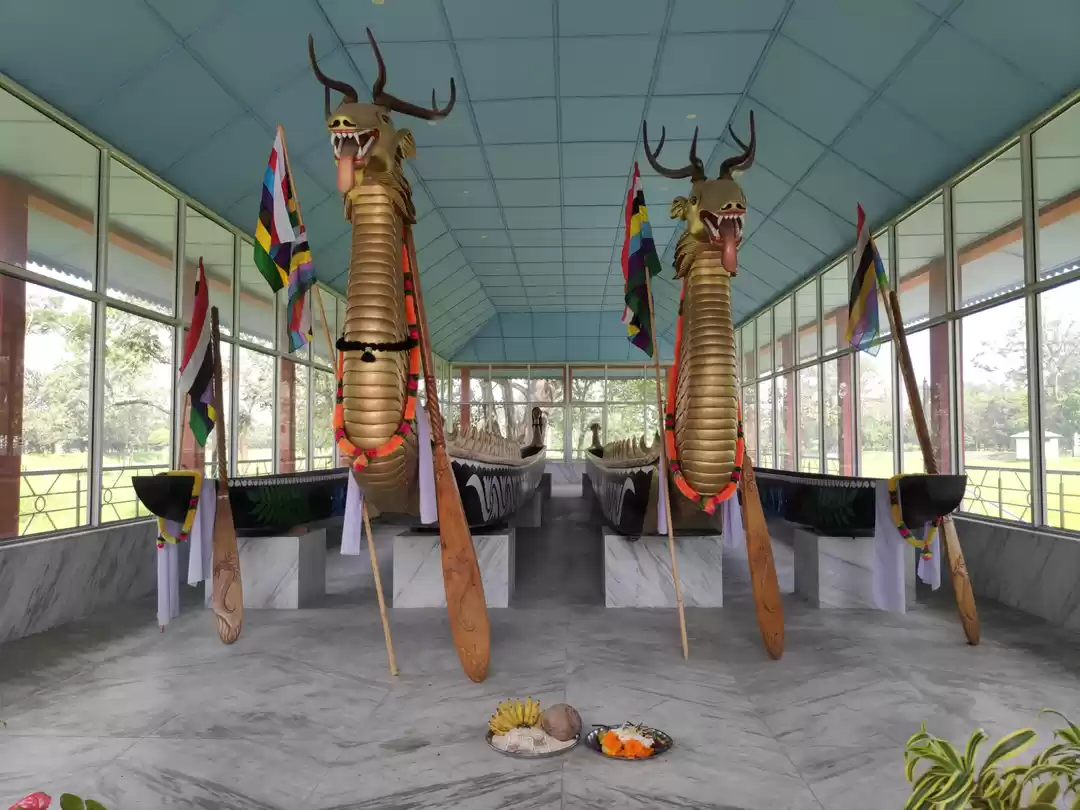redBus is an Indian online bus ticketing platform that provides ticket booking facilities through its website and mobile apps. Headquartered in Bangalore, the company operates across India, Malaysia, Indonesia, Singapore, Peru and Colombia. On the occasion of India’s 77th Independence Day, redbus has laid out Route to 47 across the map of India.
redbus is spotting light on destinations that have been associated to India’s struggle for freedom which eventually helped us gain independence in 1947. The initiative uses an open-source public library using Google Maps to pin destinations across the length and breadth of the country. From Netaji Bhawan in West Bengal to Dharsana Salt Satyagraha Smarak in Gujarat, from Jallianwala Bagh in Punjab, to the Wagon tragedy Memorial in Kerala – the Indian map is full of these places of historical significance.
Let us explore 7 of these places that redbus Route to 47 covers through graphitti-styled images in the Google Maps.
1. INA War Museum, Imphal

The Indian National Army (INA) War Museum in Moirang, Manipur, celebrates the village’s small but symbolic role in India's Independence movement. It was here on 14 April 1944, that the Commander-in-Chief of the INA, Subhas Chandra Bose, first unfurled the Azad Hind flag. The place houses a replica of the INA War Memorial originally built in Singapore. It primarily focuses on the rise of the INA and the role of Netaji Subhash Chandra Bose in particular. Relics of war from across Manipur, including arms and ammunition, bayonets and helmets are displayed here. The museum also showcases books, documents, manuscripts and periodicals that depict India's history and its struggle for freedom. Thousands of soldiers of the Indian National Army along with the Japanese imperial army died in Manipur during the Battle of Imphal. They managed to free an area of 1,500 sq mile in the Manipur valley and administered the liberated areas for three months. The Imphal Peace Museum was inaugurated on 22 June 2019 as part of the 75th Anniversary commemoration of the Imphal battle, just outside the War Memorial. This is a joint project of the Nippon Foundation and the Sasakawa Peace Foundation, in collaboration with the Government of Manipur, the Manipur Tourism Forum and the 2nd World War Imphal Campaign Foundation.
How to reach?
The spot is around 46km from state capital Imphal. Imphal doesn't have a railhead. But Bir Tikendrajit International Airport allows easy commute to Imphal from anywhere in India.
2. Indian Coffee House, Kolkata

As a response to the Depression-era decline in coffee exports, the British government in the 1930's, established the Indian Coffee House chain all over the country to increase coffee sales among a majorly tea drinking population. Ironically, they became a hub for those plotting revolution and Independence. The College Street branch of the Indian Coffee House, located right opposite the famous Presidency College, might not impress someone at first glance. With its ordinary interiors, faded walls and not-at-all fancy seating, it has preserved heritage and old-world charm that will transport anybody back in time. The Albert Hall, which was built in 1876, eventually came to be known as The Indian Coffee House. The coffee house was, back then, owned by Ramkamal Sen, the grandfather of Brahmo leader Keshab Chandra Sen. Subhash Chandra Bose held several political meetings in the Albert Hall. It was here that, on the advice of Rabindranath Tagore, Netaji made several plans for the Quit India Movement. Post independence, the prestige of the Coffee House has only increased with regular visitors in the form of eminent personalities like Satyajit Ray, Amartya Sen, Mrinal Sen and others.
How to reach?
Kolkata is the state capital of West Bengal and well connected to all parts of India through Rail, Road and airway.
3. Chandrasekhar Azad Park, Prayagraj

Originally founded as Alfred Park, this 133-acre green complex was built in 1870 to commemorate the visit of Prince Alfred (Duke of Edinburgh) to Allahabad. It was later renamed Chandra Shekhar Azad Park after the iconic freedom fighter. Azad (literally meaning "Free" in Urdu) was known for his vow to never get arrested and remain free for life. Hence, Azad had killed himself to avoid capture by British foirces. While being engaged in a fierce gun fight with British officers, he shot himself at the spot on 27th of February, 1831. The colt revolver, which he used to shoot himself is exhibited in the Allahabad Museum that is housed inside the park's compound. The park is home to recreational area for kids, a musical fountain and the Allahabad Public Library. An imposing statue of Azad is one of the major attractions of this place. The tree under which he sacrificed his life for his motherland is also preserved.
How to reach?
The spot is around 5km from Prayagraj Railway Junction. Prayagraj also has a domestic airport that is connected to limited flights from major cities of the country.
4. Red Fort, Delhi

The Red Fort Complex was built as the palace fort of Shahjahanabad – the new capital of the fifth Mughal Emperor of India, Shah Jahan. The Red Fort has been a symbol of power since the reign of Shah Jahan. It has witnessed the change in Indian history from Mughal Empire to British rule, and it was the place where Indian independence was first celebrated. The year 1857 witnessed an armed rebellion in different parts of India. Red Fort and its occupant, Bahadur Shah Zafar, became the most important symbol of the rebellion. British forces eventually crushed the rebellion and unleashed their anger on the fort which been the citadel of power during the ‘Great Indian Rebellion’. More than two-thirds of Red Fort’s inner structures were destroyed. Subhas Chandra Bose’s famous call Chalo Dilli (March to Delhi) was linked to the idea of the recapture of the fort. Later, the INA trials (1945-1946) put the spotlight on the Red Fort once again. In August 1947, the first Prime Minister of India, Jawaharlal Nehru, raised the Indian national flag above Lahori Gate. Nehru’s speech made a special mention of Netaji, regretting his absence on the occasion. Since then, on every Independence Day, successive prime ministers have hoisted the national flag here and addressed the nation herefrom.
How to reach?
The Red Fort is a major attraction that draws thousands of tourists to the Capital of India. The spot is around 5km from New Delhi Railway Station and around 20km from Indira Gandhi International Airport.
5. Kesari Wada, Pune

Earlier known as Gaikwad Wada, Kesari Wada has become a historical monument in Pune, hallowed by the long stay of Lokmanya Bal Gangadhar Tilak. Kesari Wada is located at Narayan Peth in Pune, Maharashtra. Lokmanya Bal Gangadhar Tilak had purchased this estate from Shrimant Sayajirao Gaikwad Sarkar in 1905, and he had stayed here till he breathed his last in 1920. He used to run two newspapers: Kesari, in Marathi and Maratha in English from Kesari Wada. The Wada still has the offices of Kesari, and mementos of Tilak, including his writing desk, original letters and documents, and the first India national flag unfurled by Madame Cama. The estate has a beautiful gold-plated Ganesha idol, and a bronze statue of Lokmanya Tilak at the back of the idol. It’s also famous for its Ganapati festival, which Tilak had strategically started as a means to unite people and prepare them for the freedom movement. There is a library as well that was founded by him in August 1912, housing more than 50,000 books.
How to reach?
The city is well linked to other parts of the country with various means of transportation. The Pune Airport, approximately 15 km away from the city centre, operates flights for several destinations. Those travelling by train can book their tickets till Pune Junction railway station.
6. Uyyalawada Narasimha Reddy Fort, Nandyal

The Cheeranjivi starrer Telugu language film, Sye Raa Narasimha Reddy is inspired by the life of Indian independence activist Uyyalawada Narasimha Reddy from the Rayalaseema region of Andhra Pradesh. Uyyalawada Narasimha Reddy and his commander-in-chief Vadde Obanna were at the heart of a freedom movement against Company rule in India in 1847, where 5,000 Indian peasants rose up in revolt against the British East India Company in Nandyal district. On 23rd July 1846 Narasimha Reddy defeated the British army at Giddaluru, making him the first to rise up against the mighty British. Narasimha Reddy was eventually captured at Koilkuntla area in Jagannatha Konda. Around 112 of his followers were arrested and convicted for 5 to 14 years and some of them were jailed in Andaman. The special commissioner of Kadapa conducted the trial and Narasimha Reddy was charged with revolt, murder and being a dacoit and was convicted on all charges. Finally, on Feb 22, 1847 Reddy was hanged publicly after being tortured mercilessly. His revolt in India against the British occupation was 10 years earlier than the Sepoy Mutiny of 1857.
How to reach?
The fort is located around 15km from Allagdda, a town in Nandyal district of Andhra Pradesh. The nearest railway station Nandyal Junction is 58 km away and Kurnool (domestic) Airport is around 107km from the Fort.
7. Pazhassi Raja Memorial, Wayanad

The Tomb of the famous Lion of Kerala, Kerala Varma Pazhassi Raja, was constructed in the place where his body was cremated. Situated on the banks of River Kabani in Mananthavady, the tomb was converted to a museum in 1966. Pazhassi Raja, a fierce King, is among the few leaders in the Indian sub-continent to score a military victory over the British. He is remembered for his love and undying loyalty towards his subjects. The museum houses Pazhassi Raja's sword and other information about the cultural history of Kerala. Other galleries in the museum display a collection of rare coins, tribal artefacts and fine artworks of the well-known artist Raja Ravi Varma. The memorial is managed by the Kerala State Archaeology Department.
How to reach?
Around 33 km from Wayanad, and 115 km from Calicut International Airport, this place is visited by people attracted by history and patriotism.
How many of these have you already been to?
Do share your experiences and let the world know about the places that remind us of the sacrifices and contributions of people towards India's fight for Freedom. Let us all honor them, who renounced their present for a brighter future of the country.
Follow me on Instagram and my Youtube for such travel stories and more.

